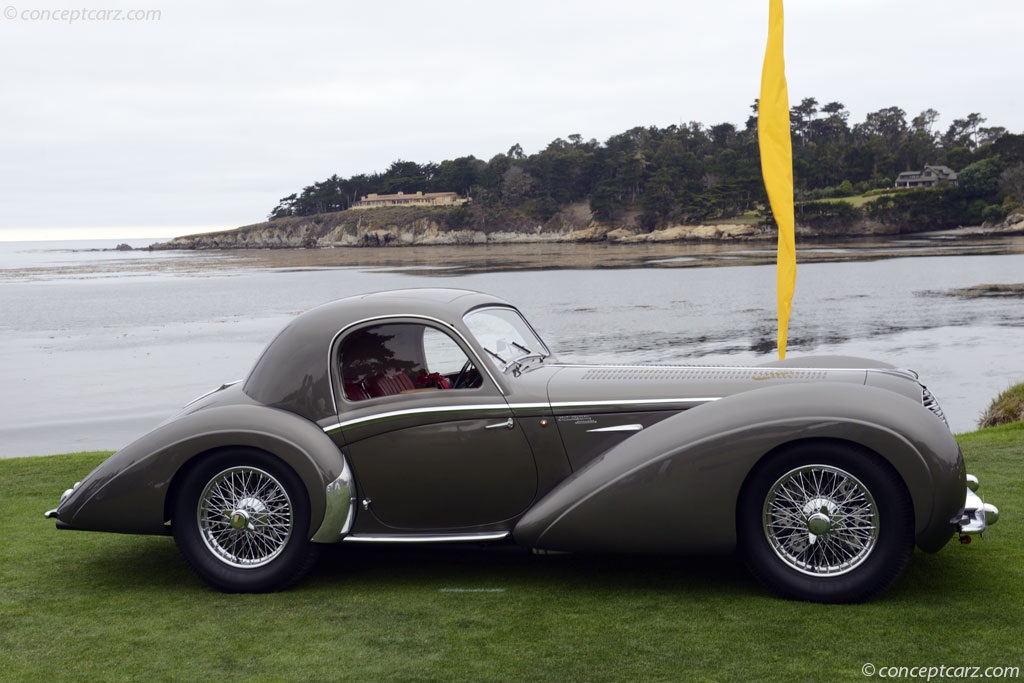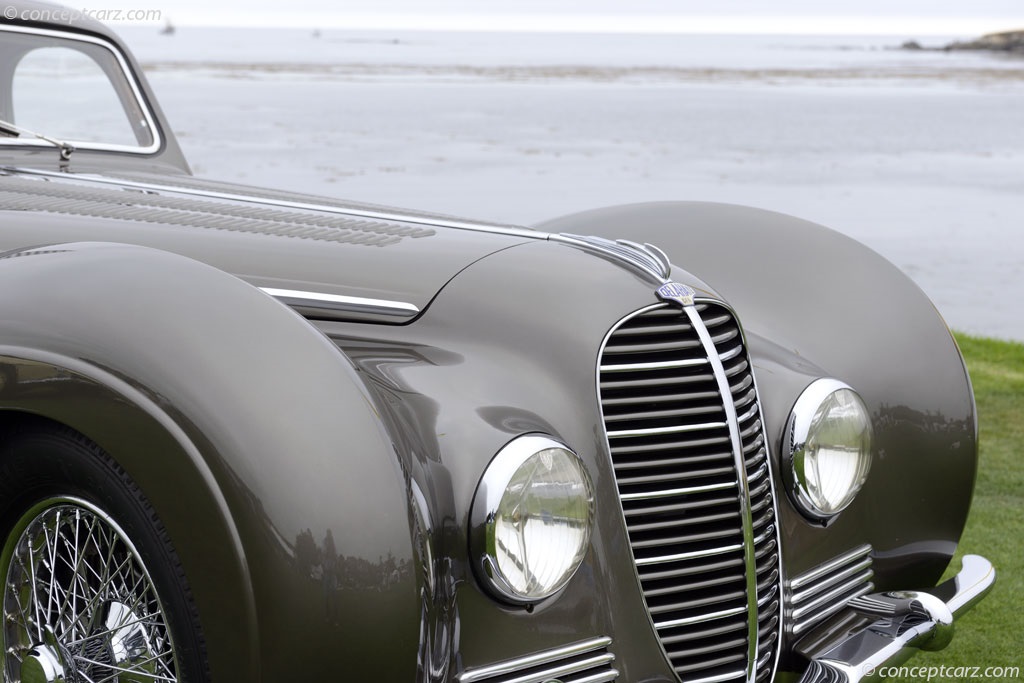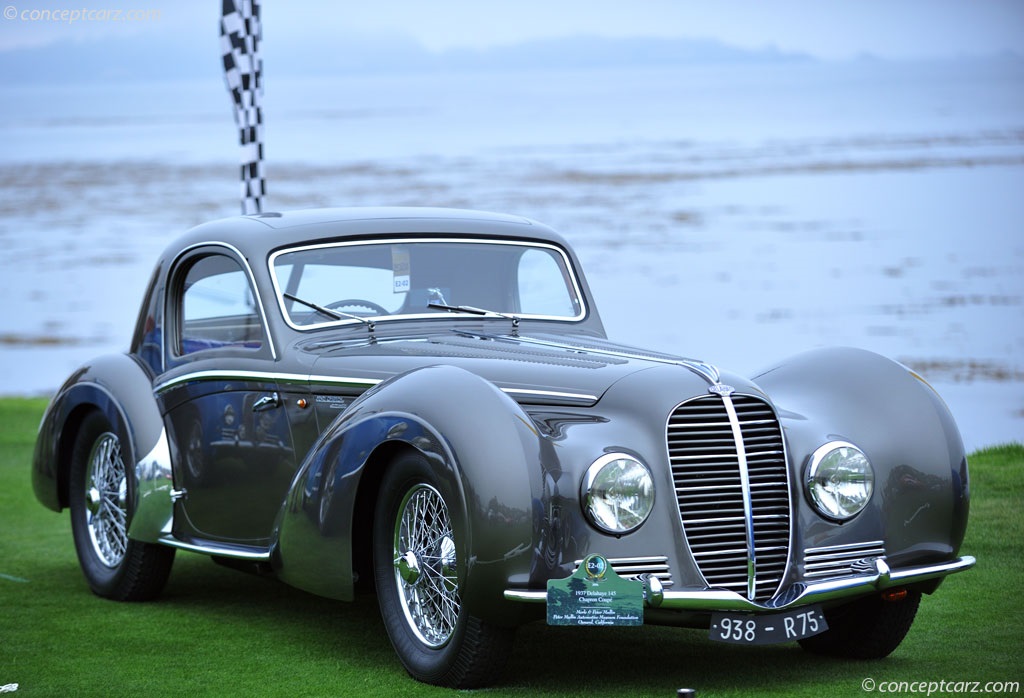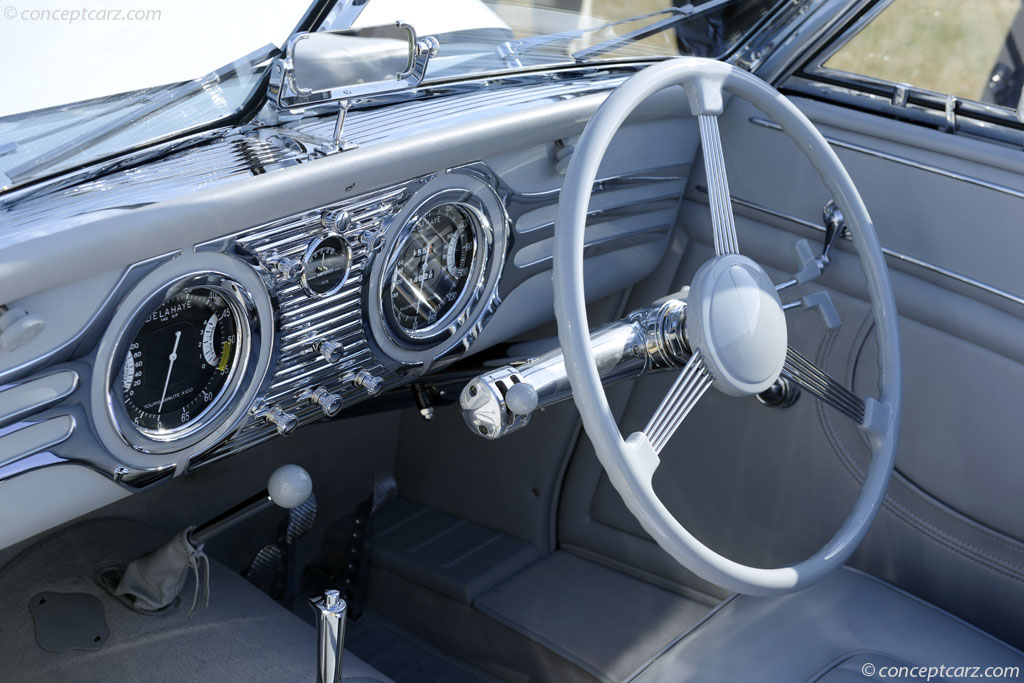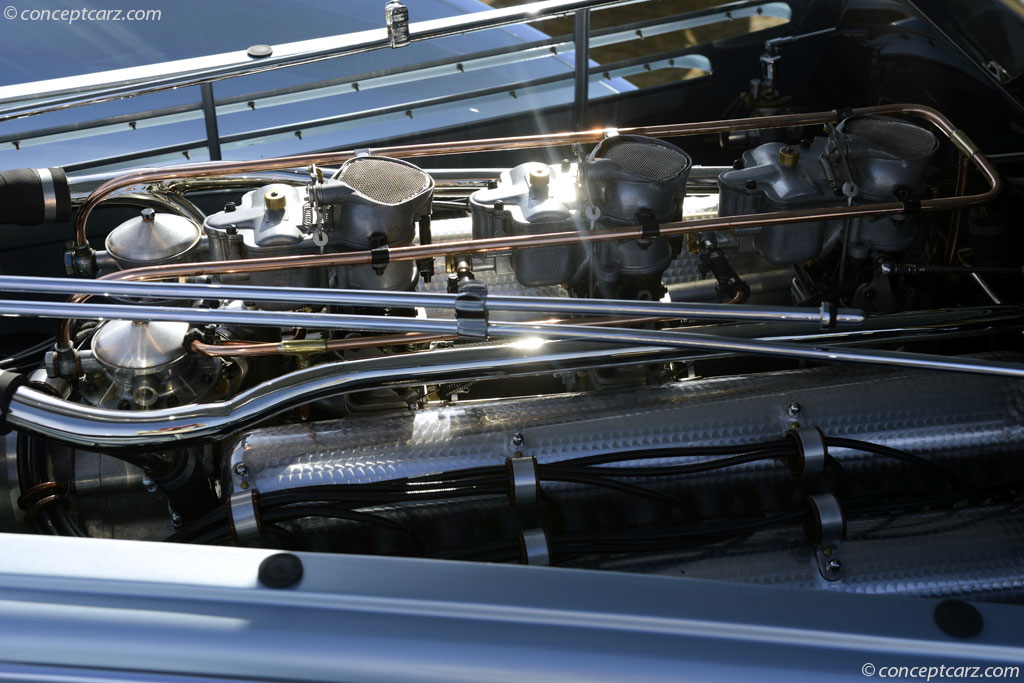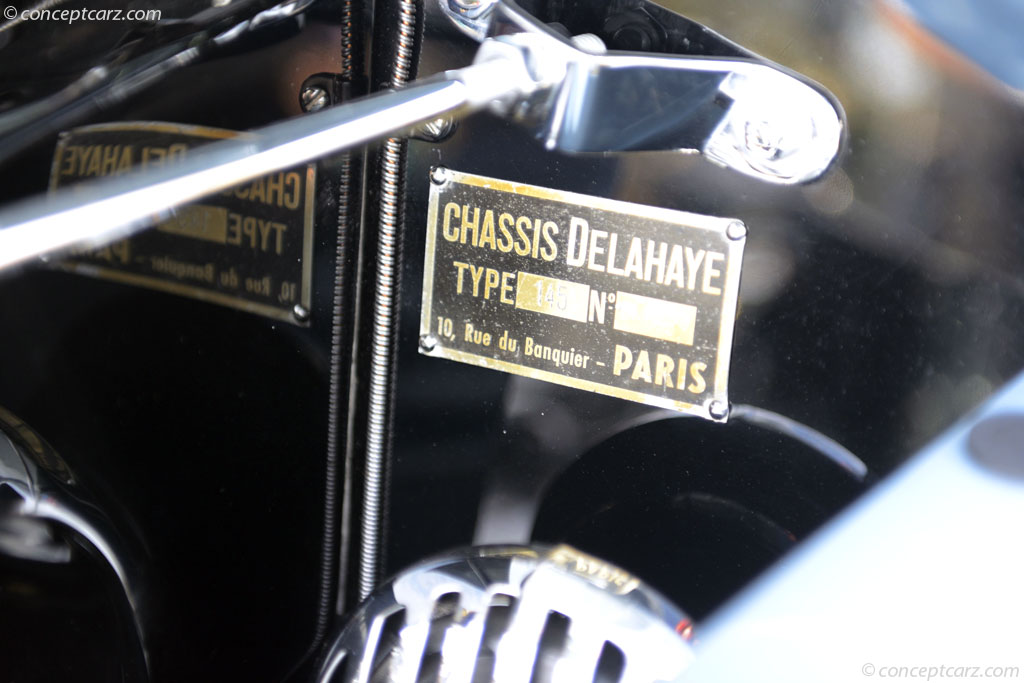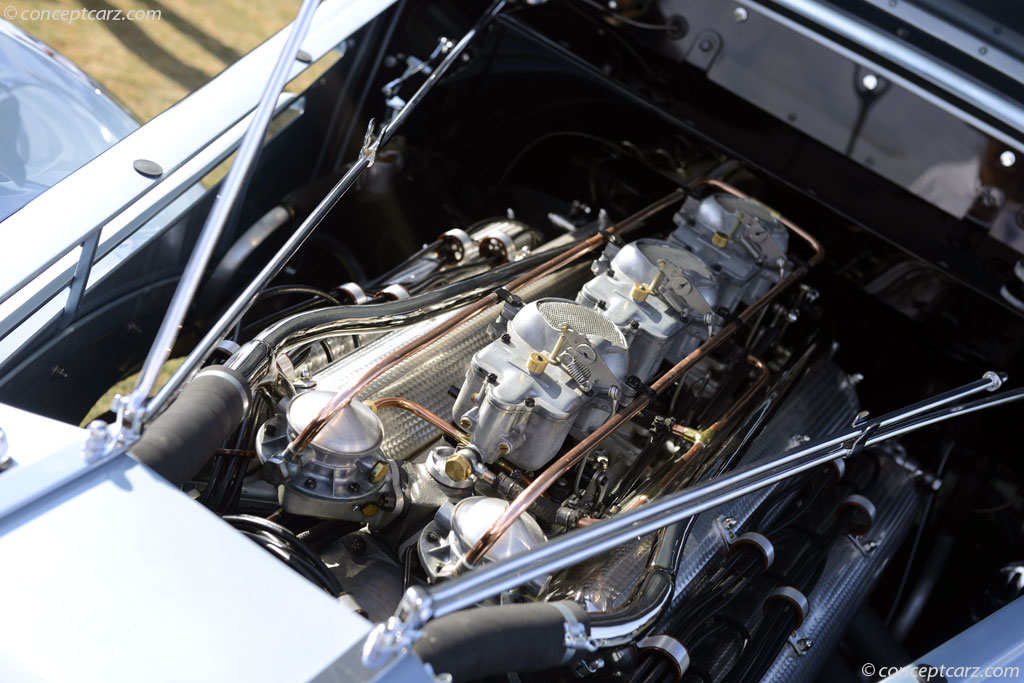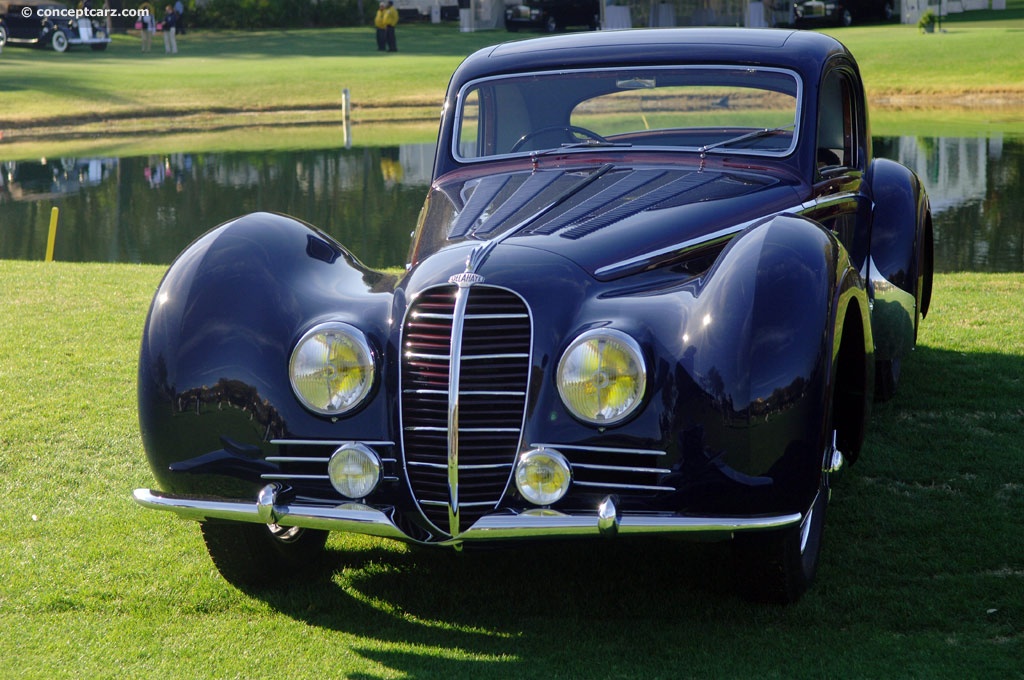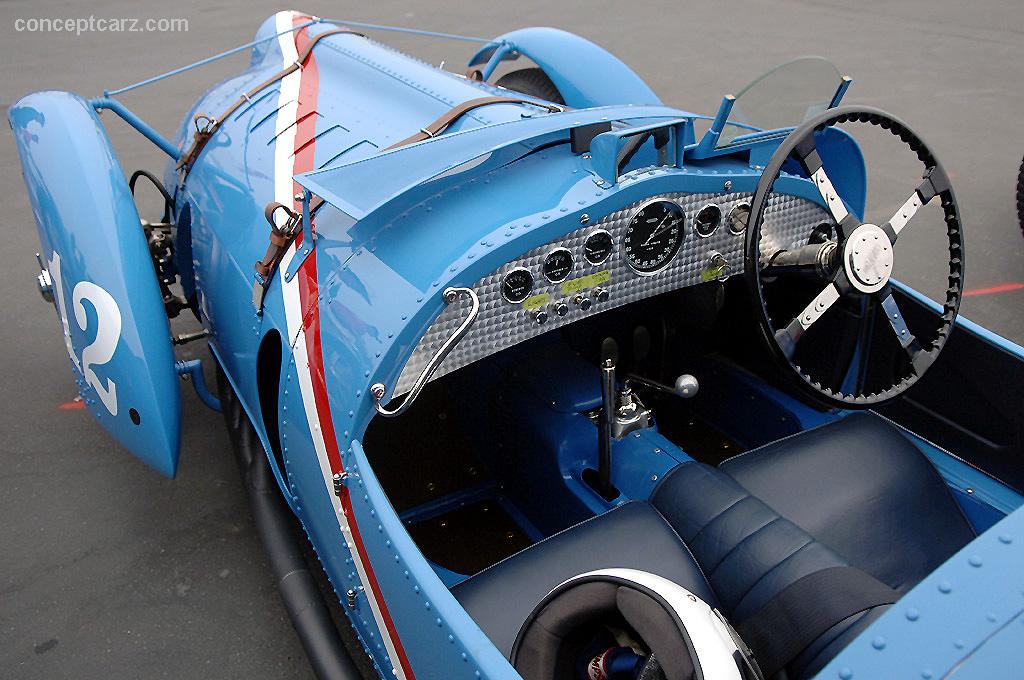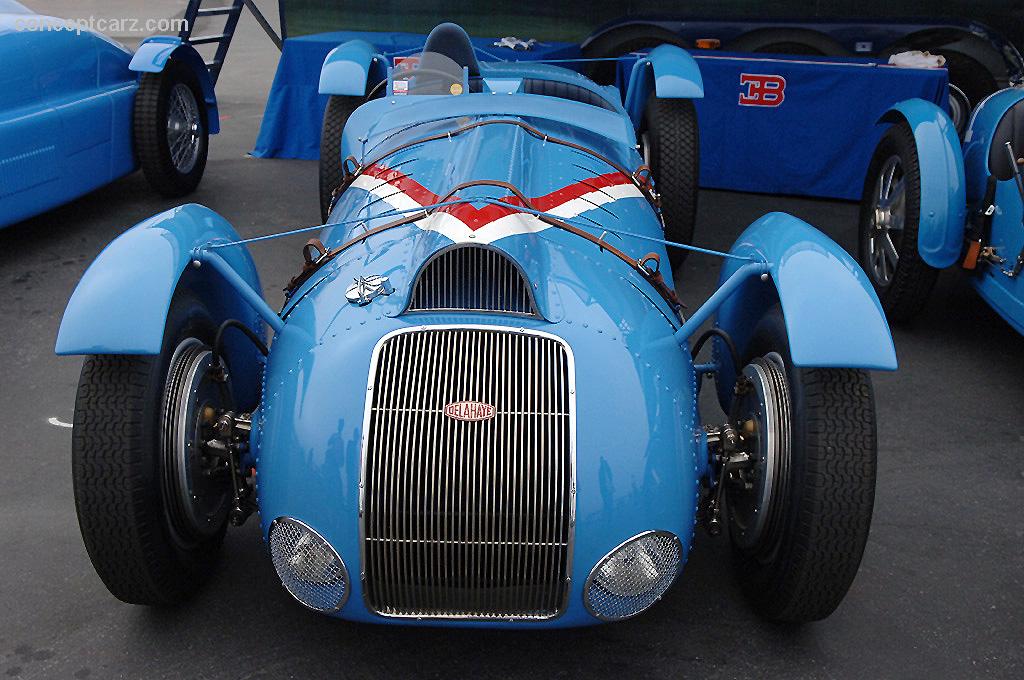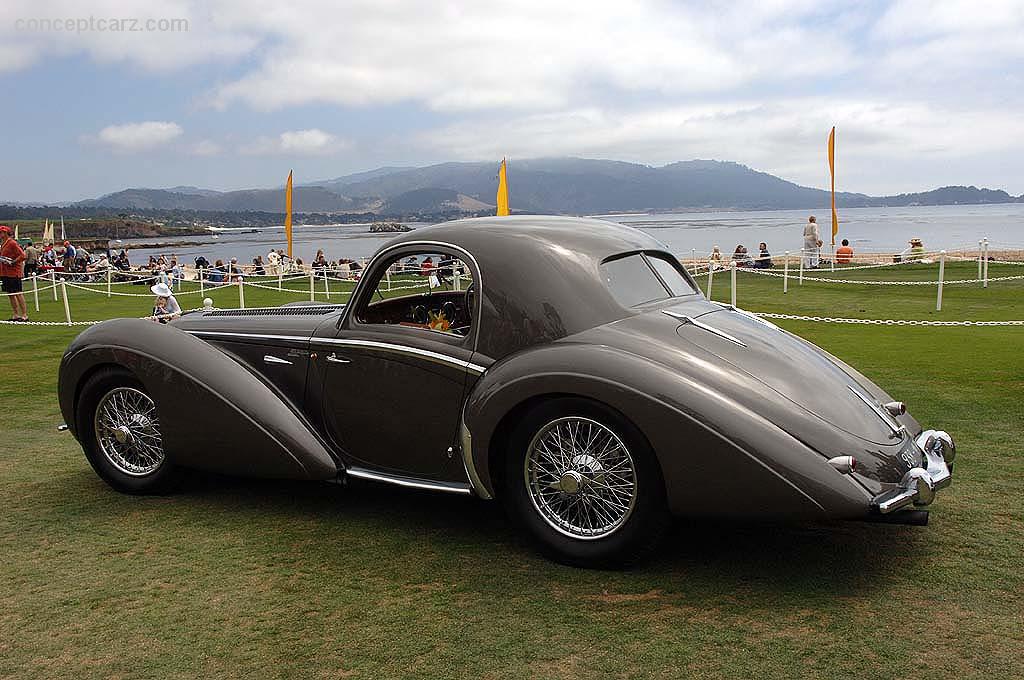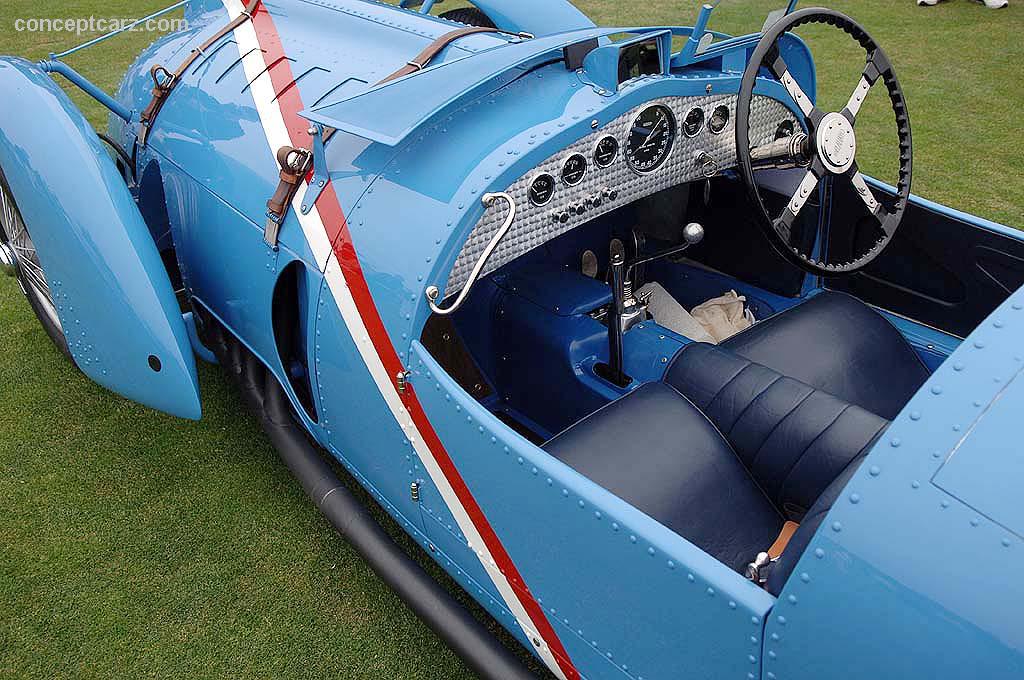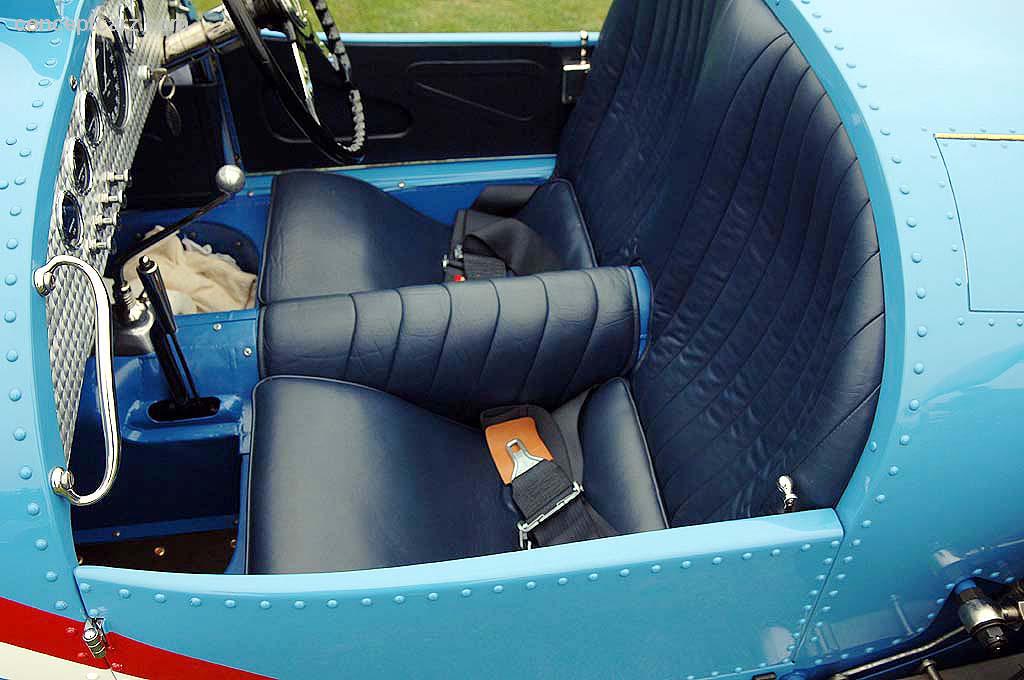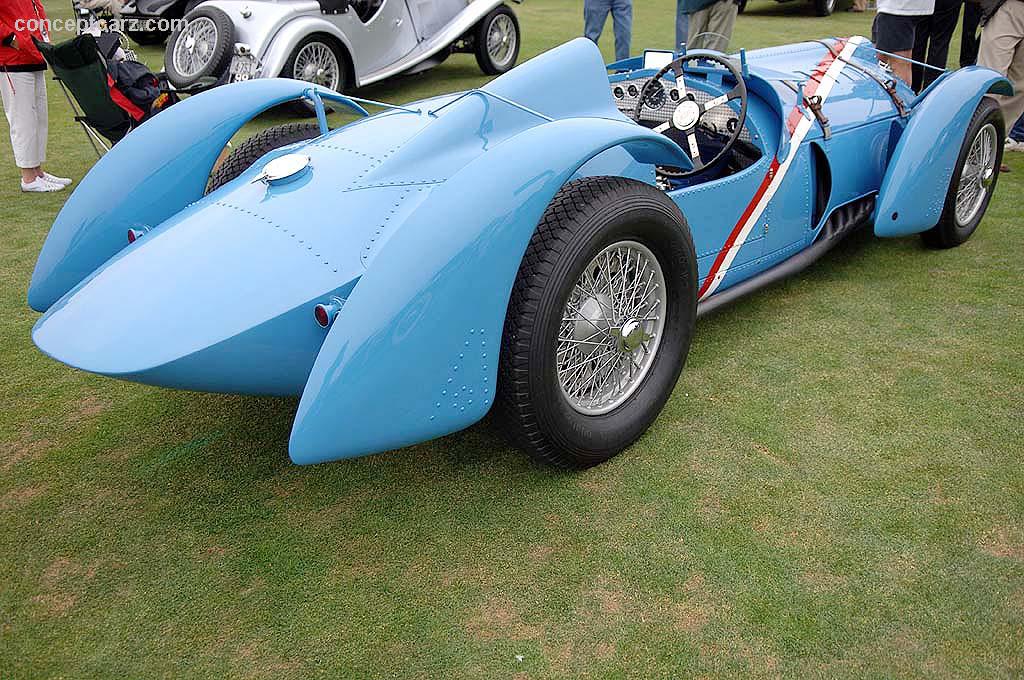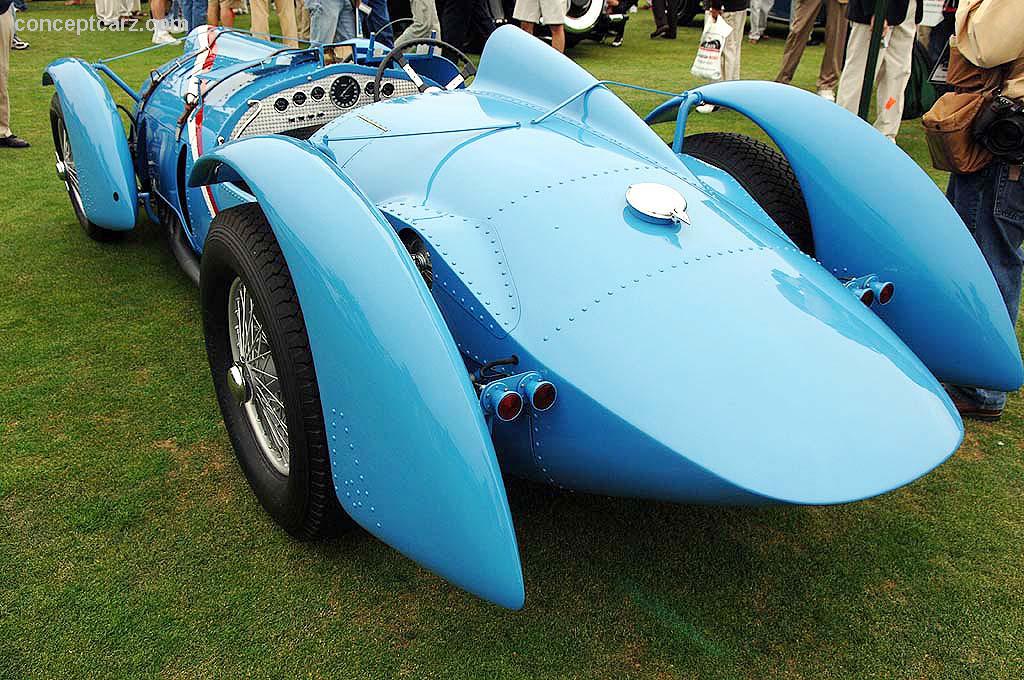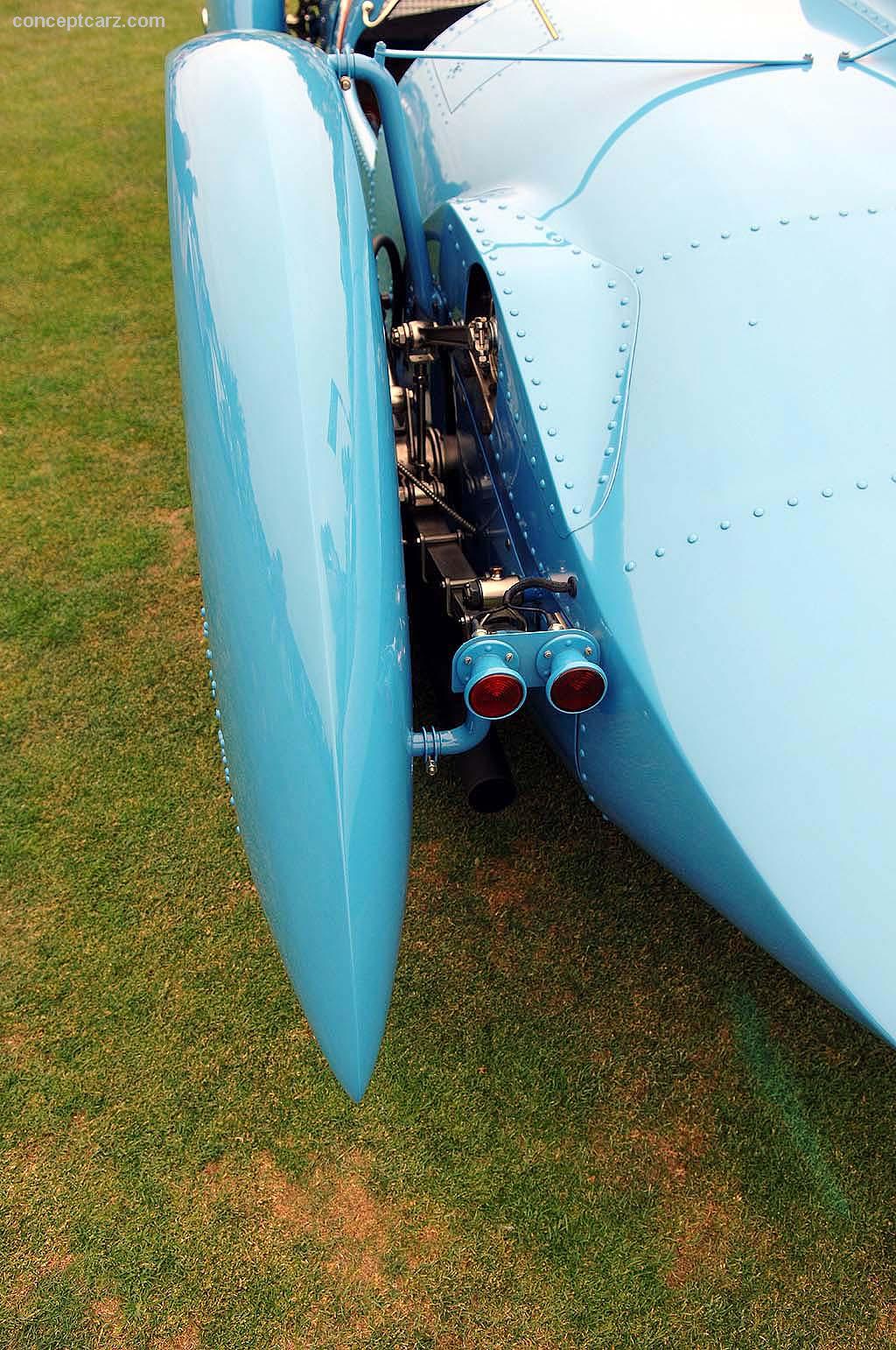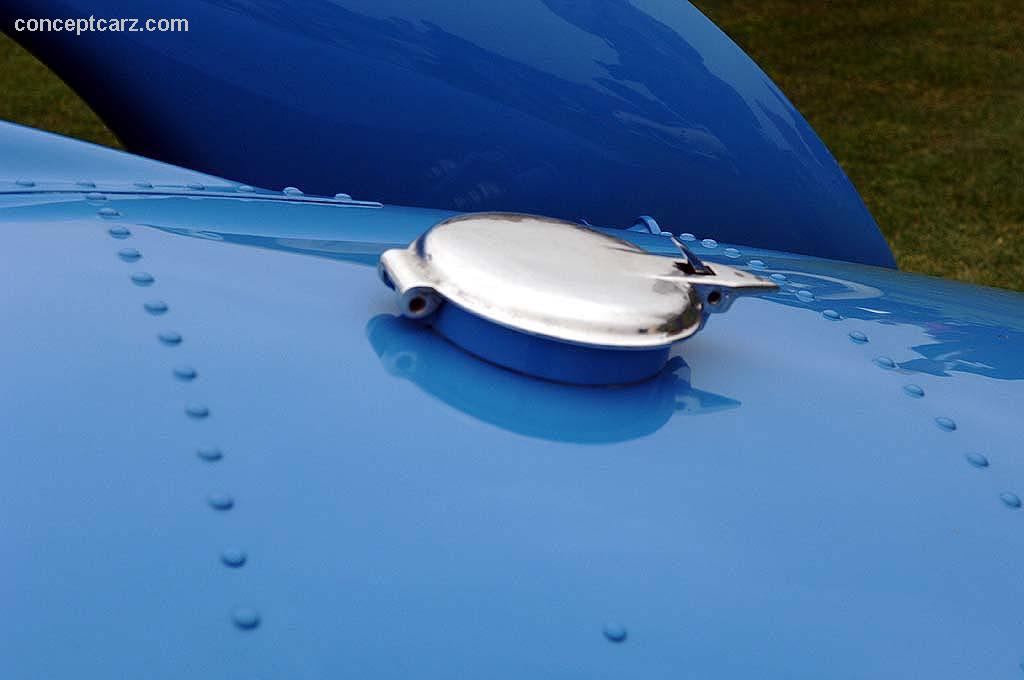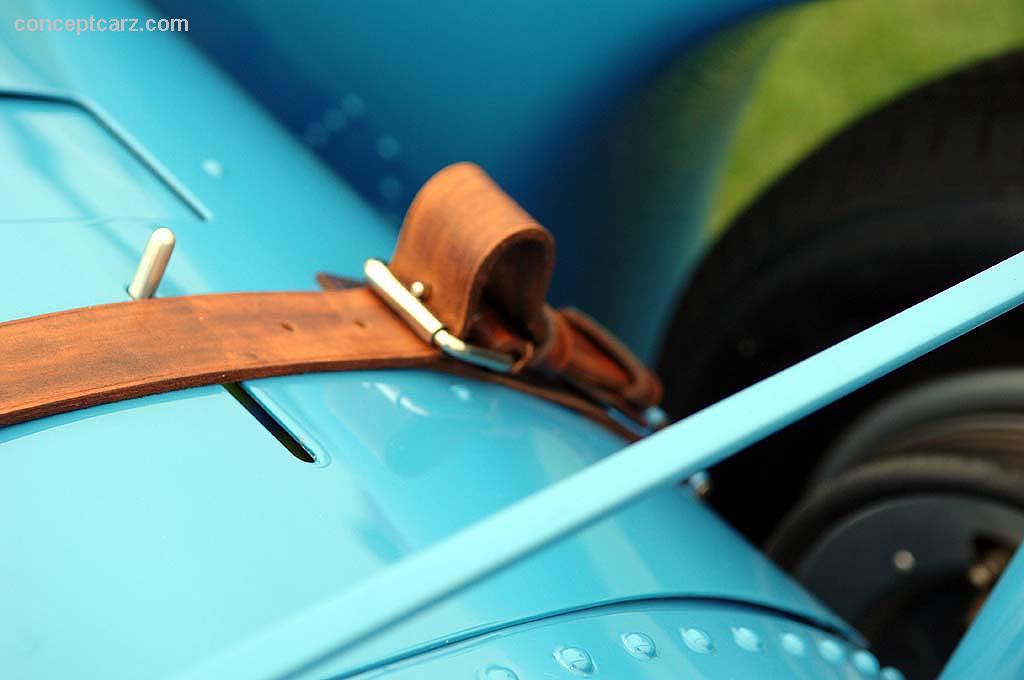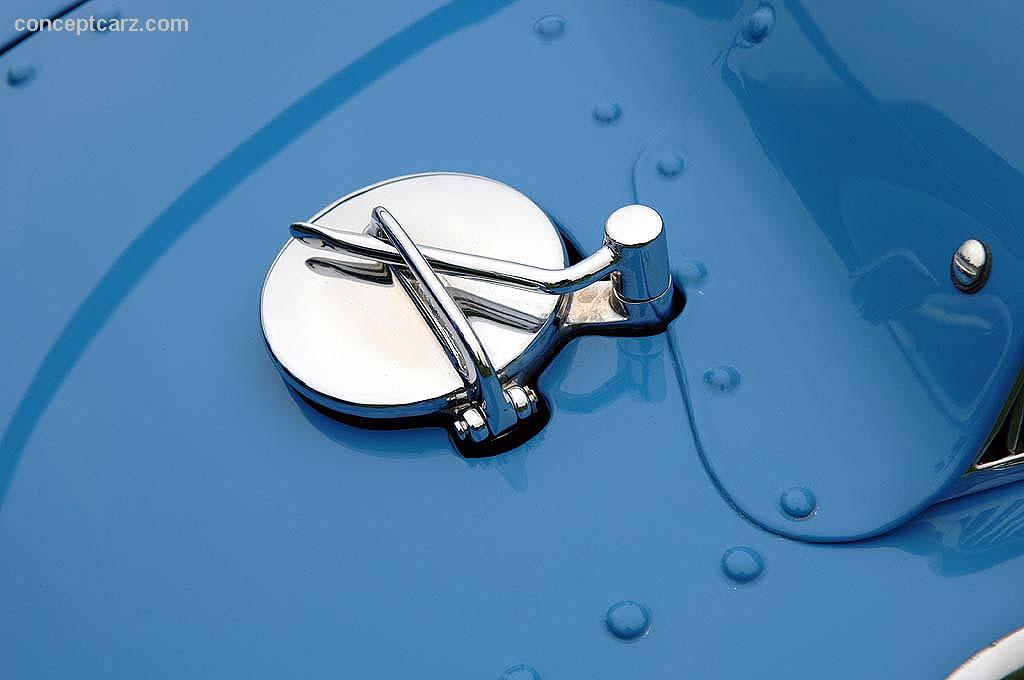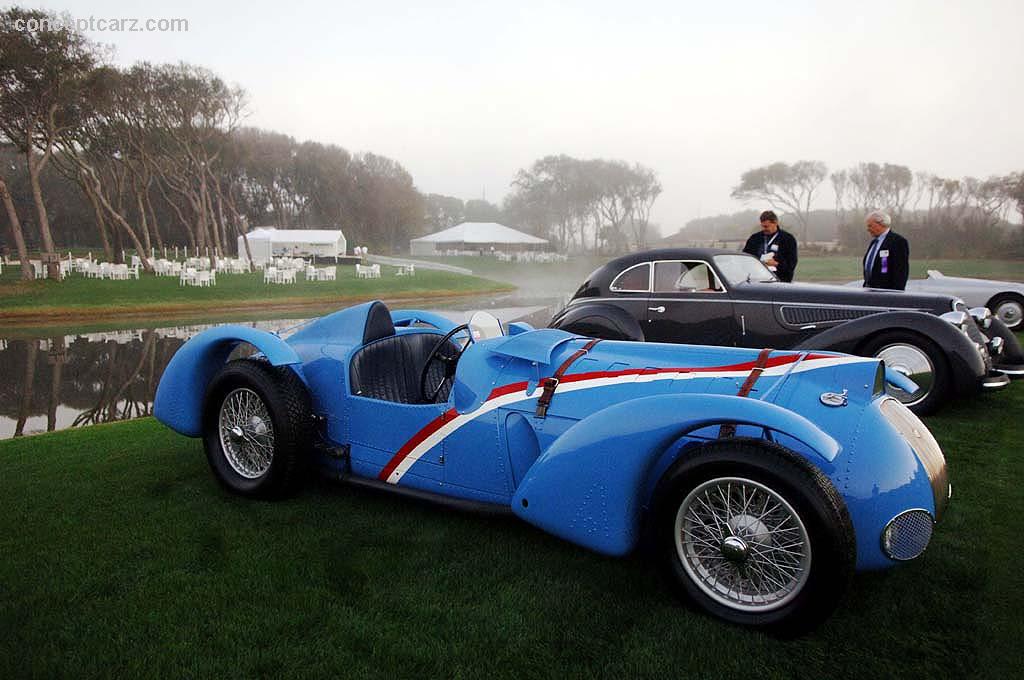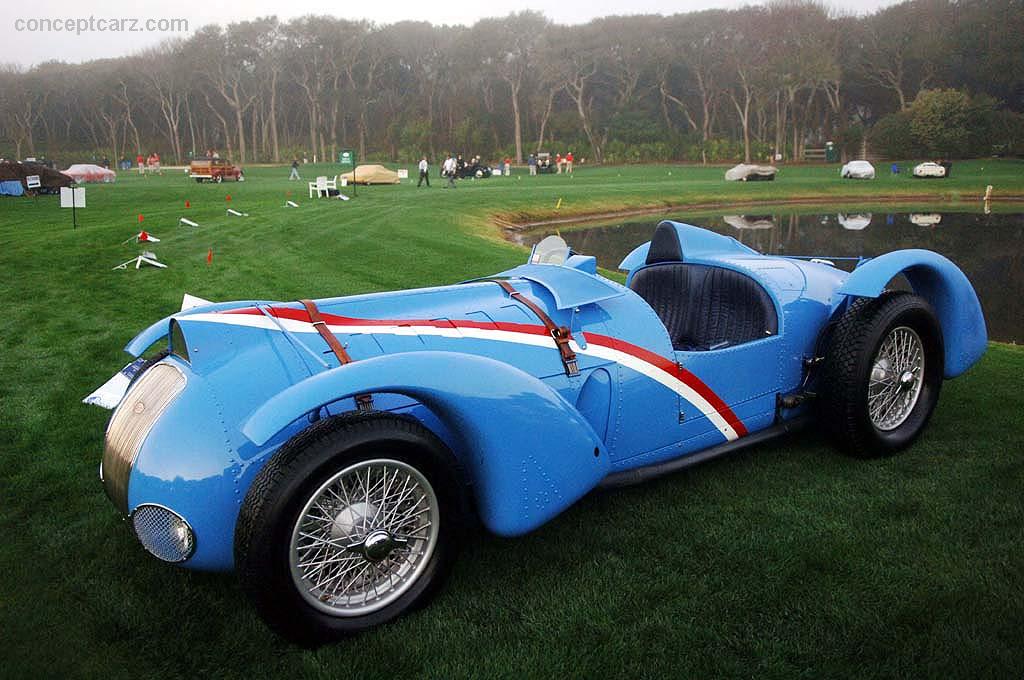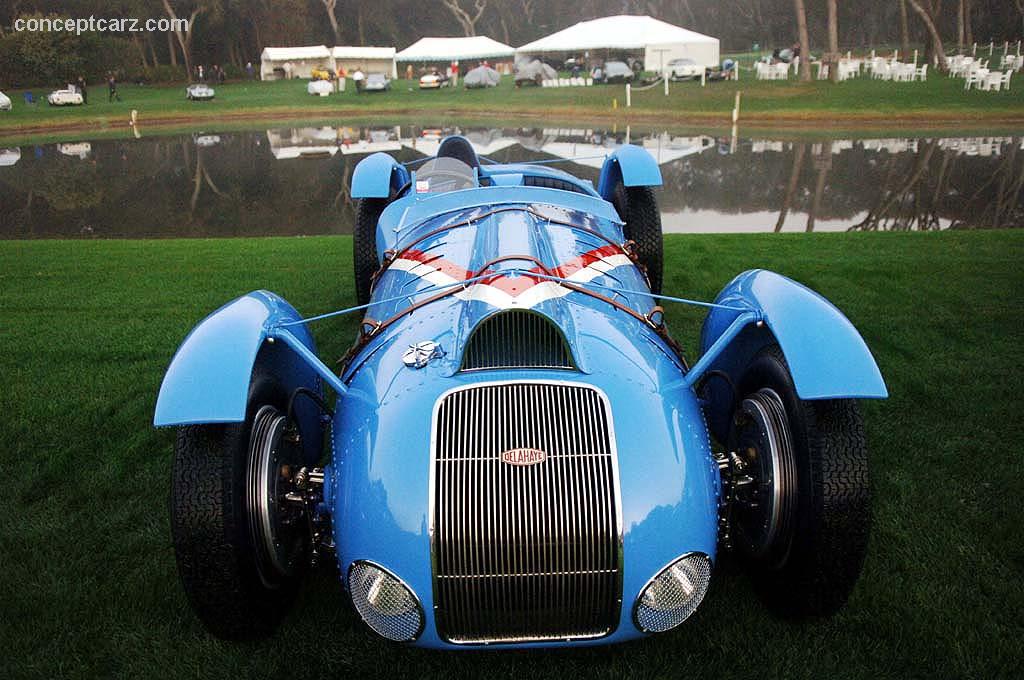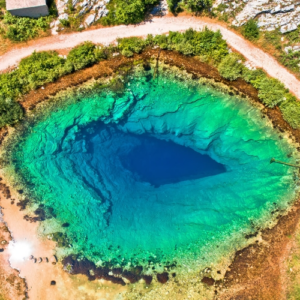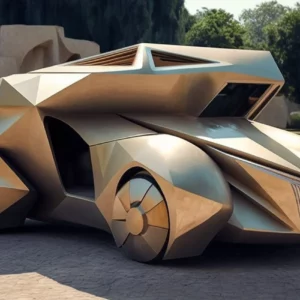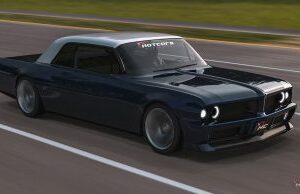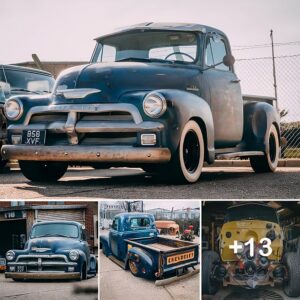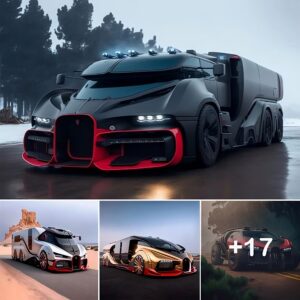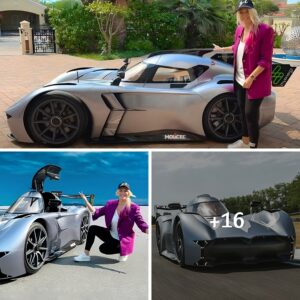The Delahaye type 145 V12 was created for a specific purpose and inspired by a one million Franc reward. In 1937 the French government along with the French Automobile Club offered 400,000 Francs reward to any French manufacturer who could create a vehicle that could travel 200 km at with an average speed of 146.508 km/hr. All of this had to be done before the end of March 1937. By doing this, the Alfa Romeo record would be broken. There was another stipulation before the award could be collected. The vehicle would need to comply with the Grand Prix regulations which went into effect on the first day of 1938. The engine size was limited to 3 liters for a forced-induction engine and 4.5 liters for a naturally aspirated variant. This was a monumental challenge, one that pitted that inspired by bragging rights.
The only people to approach the challenge were a group of French alloy producers. All they brought to the table was some extra cash, raising the reward to one million Francs (about $960,000 US dollars in modern times). The deadline was extended to August 31st. The Germans had dominated Grand Prix racing so the vehicle to receive the cash prize would also have to be able to defeat the Germans.
This inspired the appetites of marques such as Bugatti Delahaye, and Talbot Lago. Instead of modifying existing materials, Delahaye had created a completely new engine. Talbot Lago retired from the challenge rather quickly, while Bugatti had begun work on modifying one of their pre-existing engines. Delahaye was renowned for their abilities to create low-slung vehicles that were stately, stylish, and suited for the elite in society. They had also built a reputation for their racing chassis. In response to the challenge, Delahaye created a racer powered by a magnesium V12 engine and driven by René Dreyfus was able to break the record with an average speed of 146.654 km/hr. The vehicle did not look the part of a champion. It had arrived at the track just days before the deadline expired. Its bodyshell was unappealing and unpainted. It did not take long to gain the respect and admiration of the fans as it raced around the track and into the history books. After the race, the vehicle was slightly modified and given a paint job. Three additional racers were created.
The requirements to win the prize money stated that a supercharger was allowed, but the engine capacity would be about a liter smaller than a naturally aspirated version. The supercharger probably would have produced more horsepower but Delahaye had no experience with working with this technology. Time constraints meant that they had no time to learn. So they stuck with what they knew and focused much attention on improving the aerodynamics of their racer and reducing weight wherever possible. Instead of the conventional cast-iron block, they used lightweight alloys throughout the engine block and heads; this was only the beginning. To make the engine more compact, they looked at designs and techniques used throughout the industry. Riley had created an engine that used a total of three camshafts. Two were located on both sides of the block for the exhaust valves and one located inside the V for the intake valves. By utilizing this design and adding three Stromberg carburetors, the engine produced over 220 horsepower.
A Delahaye Type 135 served as the basis for the tubular ladder frame chassis. The suspension was fairly standard with a live rear axle and wishbones in the front.
In 1938 at Pau, France, the vehicle driven by a Frenchman was able to defeat the German Mercedes-Benz Type W 154. Another victory was scored against the powerful Italian Maserati at Cork, Ireland. Their winning streak came to an end when the other marques caught up with the new regulations. Mercedes-Benz had created a three-liter supercharged racer that was very powerful and the Type 145 had trouble competing.
With the onset of World War II, the vehicle was disassembled and stored away from the invading German army. After the war, the car was reassembled but the identity of the winner of the million franc prize was lost. It was not until recently that historian and author Richard S. Adatto and Diana E. Meredith were able to locate information pertaining to the winning chassis number.
‘We traveled to France and during a visit to the French National Archives, we found a previously unnoticed notation that the chassis of the Million Franc car was number 48771’ said Adatto. ‘Clues were provided by René Dreyfus himself,’ said Meredith. ‘He was very clear that every effort had been made to lighten each piece of the winning chassis, resulting in unique physical characteristics.’
Peter Mullin of Los Angeles, CA, had purchased one of the Type 145 models but at the time it was unknown which one had been the prize winner. During a restoration, in which Richard Adatto was assisting, in preparation for the Pebble Beach Concours d’Elegance, the number 48771 was found on the top surface of the left frame rail. The winning chassis had been located. The vehicle is currently in restored condition.

